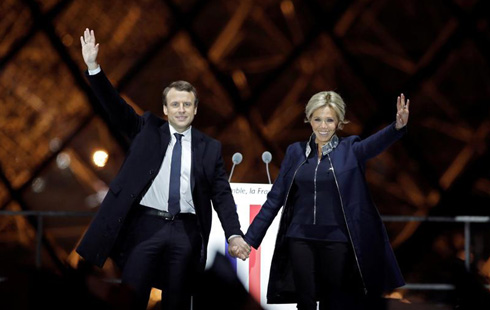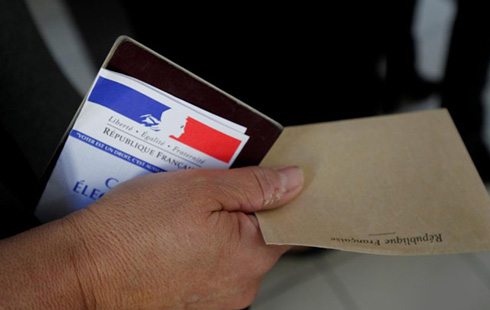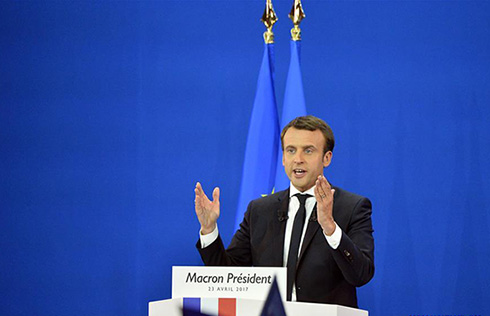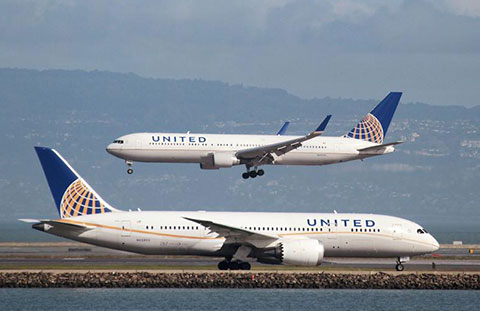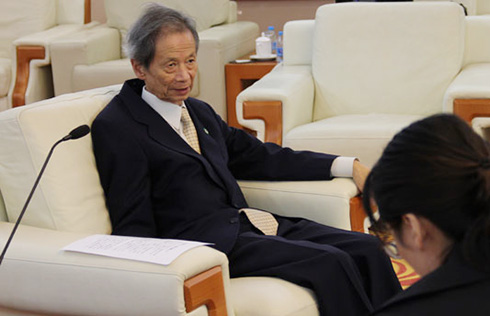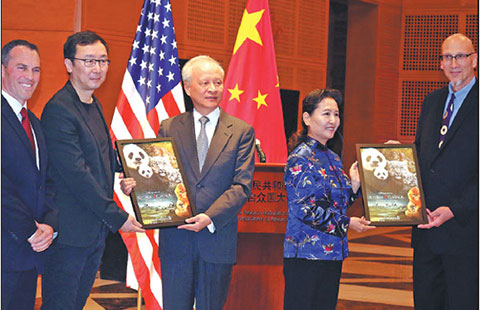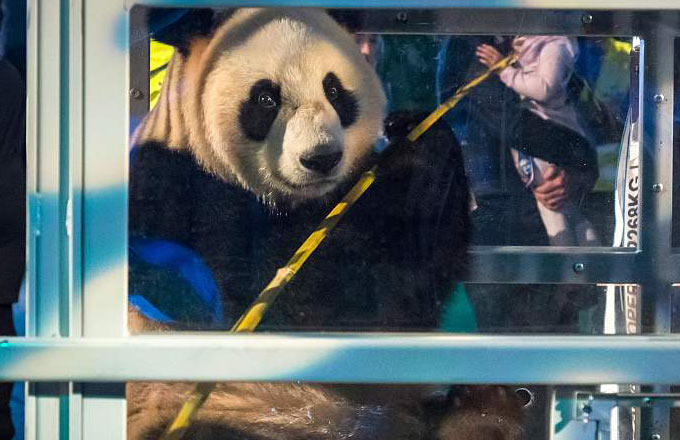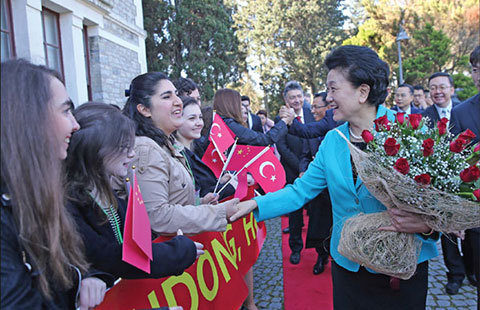The Korean nuclear issue: Past, present, and future – A Chinese perspective
The situation further escalated in 2016. North Korea conducted its fourth nuclear test on January 6. On January 13, South Korean President Park Geun-hye announced at a press conference that the South Korean government would consider the introduction of the missile defense system known as Terminal High Altitude Area Defense (THAAD).
On February 7, North Korea announced the launching of a satellite with a long-range rocket. On March 2, the U.N. Security Council unanimously passed Resolution 2270, which in turn initiated a series of new sanctions.
From March to April 2016, the U.S. and South Korea conducted large-scale "Key Resolve" and "Foal Eagle" joint military exercises, involving more than 300,000 South Korean and 17,000 American soldiers with carrier battle groups, strategic bombers, and other strategic weaponry. The scale of these military exercises was larger than ever before in terms of the degree of weapons and the number of participants, and "decapitation strikes" were also included. Almost every year since the 1970s, the U.S. and South Korea have conducted joint military exercises, including "Key Resolve," "Ulchi Freedom Guardian," and "Team Spirit." In recent years, such military exercises have become increasingly large-scale and targeted. North Korea, in response and in preparation, would mobilize its people into a war footing, redeploy military forces, and sometimes even recruit reserves to strengthen the standing army. Understandably, such a practice not only creates tension but also forces North Korea to expend a lot of manpower, materials, and financial resources, which has been a stress on the national economy and people's livelihoods.
North Korea conducted five more test launches of its Musudan missiles. On June 1, the U.S. Treasury Department designated North Korea "a jurisdiction of primary money laundering concern" and, on July 6, it placed the North Korean leader Kim Jong-un on the sanctions list for the first time. North Korea followed this by firing missiles up to 500 kilometers (311miles) into the sea throughout July and August.
On August 22, the U.S. and South Korea started their annual "Ulchi Freedom Guardian" joint military exercises. To protest, North Korea fired a submarine-launched ballistic missile into the eastern waters of the Peninsula on August 24 and three ballistic missiles into the sea on September 5. On September 9, North Korea conducted its fifth nuclear test.
Eighty-two days later, on November 30, the U.N. Security Council unanimously adopted Resolution 2321in response to North Korea's fifth nuclear test. Most noticeably, the resolution imposed a ceiling on coal exports, which had been North Korea's largest export material. China again called for the parties to resume dialogue as soon as possible to deal with their differences in a peaceful, diplomatic, and political manner.
Looking back on the eight years of the Obama administration, the U.S. linked the Korean nuclear issue with its disapproval of the North Korean regime. Indeed, the widely reported "brutality of the regime" has been a troubling concern within the international community. The U.S. adopted a policy of "strategic patience," the essence of which was that no matter how North Korea conducted itself, the U.S. did not give any serious consideration to Pyongyang's security concerns. If North Korea was willing to negotiate, the U.S. would talk but with no intention to make any progress. If North Korea chose confrontation, the U.S. would intensify sanctions. The ultimate purpose was to see the North Korean regime collapse under constant pressure. The U.S. maintained secret and semi-public bilateral contacts with North Korea in New York, Pyongyang, and Kuala Lumpur, but as long as North Korea refused to abandon its nuclear program, the role of such contacts was limited. So, the reality is that the Obama administration's de facto tough policy concealed by the word "patience" bumped against North Korea's strong will to possess nuclear power. The two countries rein- forced each other in a negative direction, allowing the tense situation to slip into a downward spiral.
As the North Korean nuclear and missile pro- grams continue to make progress, Washington's "patience" is rapidly running out. Washington is said to be reassessing North Korea's potential to acquire deterrence against the U.S., and the timeline is believed to be not very long. Moreover, anti-North Korean sentiment is growing in the United States, and all kinds of stories about North Korea, though unverifiable, are spread widely. Capitol Hill had increasingly accused the Obama administration of being weak and incompetent in dealing with Pyongyang. The Trump administration, after taking office, has treated the Korean nuclear issue as a primary security challenge in Asia. There has also been some news coming out of military and strategic circles about the U.S. working with its allies to fine-tune a targeted strike plan against North Korea. This adds uncertainty, clouding the future of the Peninsula.
One newly added grave concern for China is that on July 8, 2016, the U.S. and South Korea announced the deployment of the THAAD anti-missile system in South Korea. The AN/TPY-2 X-band radar used in the THAAD system is reportedly the largest and most advanced land-based trans- portable radar, with a range of about 1,200-2,000 kilometers (746-1,243 miles). Its detection distance for medium- and long-range missiles on the ascent stage is over 2,000 kilometers (1,243 miles), and it can precisely calculate the expected impact points of warheads or false warheads from a distance of about 580 kilometers (361miles).
If deployed in South Korea, even by the most conservative estimates, this radar would radiate through parts of northeastern and northern China as well as the Bohai Sea and Yellow Sea areas, thereby weakening China's strategic deterrent and in turn exacerbating the already asymmetric strategic balance in the region. The U.S. already has strong missile defense systems in the western Pacific. Once the THAAD system is deployed in South Korea and is connected to and shares information with the two X-band radars in Japan and the THAAD system in Guam, it will be perceived as posing an increased threat to China's strategic security.
China is also concerned that the deployment of THAAD in South Korea is only a new start to the U.S. pursuit of zero-sum security in the Asia Pacific. It has been reported that the U.S. is considering deploying THAAD in Japan and other parts of East Asia. If this becomes reality, China and the U.S. may have to confront more serious challenges regarding the question of strategic balance, which may push the Asia Pacific region into a strategic arms race.








